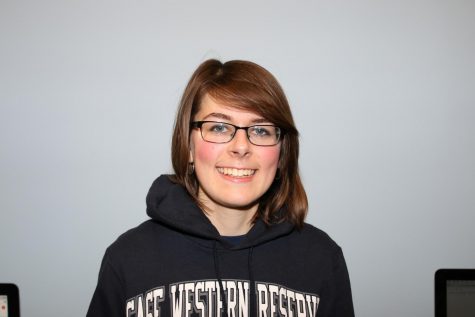We must rethink new student move-in
August 26, 2022
On Aug. 21, Case Western Reserve University first-year and transfer students moved into their housing to start Discover Week, with The Daily characterizing the experience as “a warm welcome and a helping hand” in the midst of rain. While assisting new students with move-in is undoubtedly a good way to welcome them to the CWRU community and allows the move-in process to go more smoothly, the CWRU community is changing. Therefore, the way we help new students settle into their housing needs to change as well.
Historically new student move-in has involved many groups with people involved in residence life, orientation and Greek Life helping students to check in to their housing and to transport their belongings into their residence halls. The exception to this was fall 2020 due to COVID-19; however, the format has otherwise remained relatively constant—in fall 2021 students had to take a COVID-19 test upon arrival and had a prolonged move-in period.
As someone who helped with move-in for 2021 and 2022, I found the difference between the two experiences remarkable; move-in this year appeared to be more crowded, less efficient and generally much more hectic than the previous year. Given that I was covering different residential communities—Cedar-Magnolia in 2021 and Clarke in 2022—building layouts may have played a role in this. Unexpected factors—such as a broken elevator in Clarke—also did not help. With that being said, trying to use a move-in structure that was developed for a different CWRU community is not necessarily advisable or practical.
Expanding the student body is currently one of CWRU’s goals. The Class of 2023, the last class that matriculated to CWRU during a one-day move-in period, had approximately 1,360 members in fall 2019. In comparison, the Class of 2026 has more than 1,500 members, making it considerably larger than 2023. Due to President Kaler’s goals, it can reasonably be inferred that the Class of 2027 will be even larger. Attempting to have students move in during a period that was originally intended to accommodate far fewer students is creating the conditions for overcrowding and inefficiency. As such, CWRU should consider returning to a two-day move-in period in order to allow new students and volunteers a smoother move-in process.
If extending move-in to a two-day period would not be feasible, extending the move-in time frame could be an alternative. For fall 2022, move-in occured from 9 a.m. to 4 p.m. As someone who decided to stay longer to continue helping new students move in after my shift ended, I don’t consider this move-in window to be long enough. Extending move-in by as little as an hour and adjusting volunteer shifts to accommodate this new timeframe—such as by increasing the number of shifts and making them shorter—could ensure that there is adequate coverage to assist new students arriving later in the day.
Another reality of move-in is that, unlike the student body at large, the number of students involved in Greek Life, which has historically provided many of the volunteers for move-in, is decreasing. This trend may reverse as chapters transition back from virtual recruitment to in-person events; however, unless the recruitment trend changes or CWRU recruits more volunteers from other sources, the difference in the number of students moving in and people helping with move-in may increase, making a timely move-in even less conducive.
New student move-in is how first-year and new transfer students spend their first day on campus. CWRU should strive to ensure that it is as pleasant and low-stress as possible. The format CWRU has traditionally used for first-year move-in certainly has its merits and provides a good framework for moving in new students. However, the student body at CWRU is changing, and so it is necessary to examine how the format can be adjusted to better accommodate the needs of increasingly large matriculating classes.


